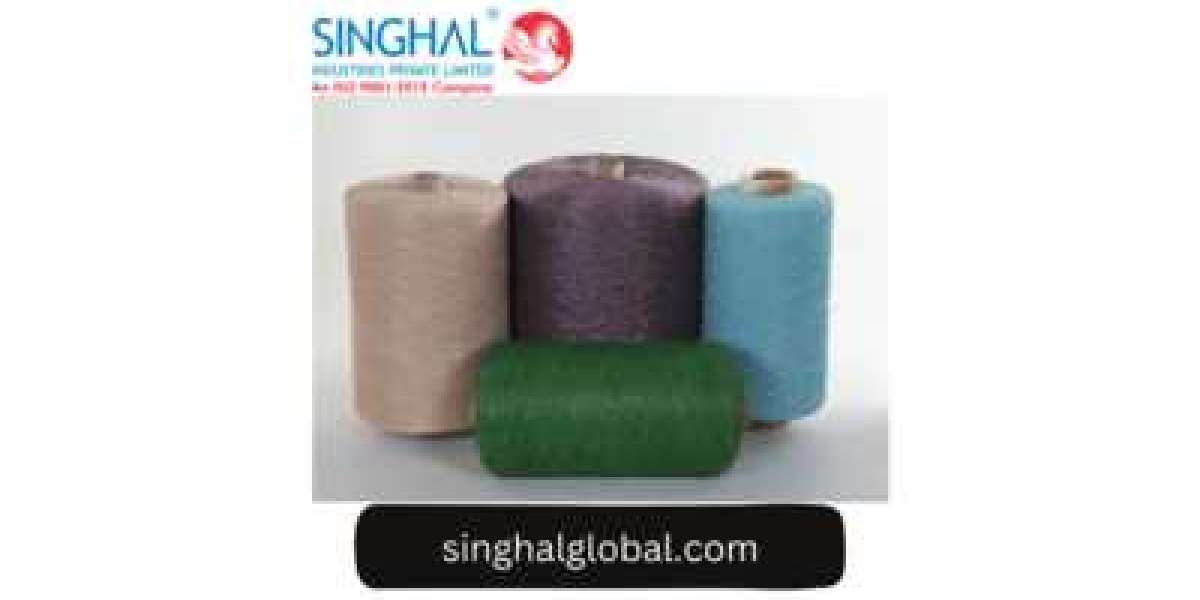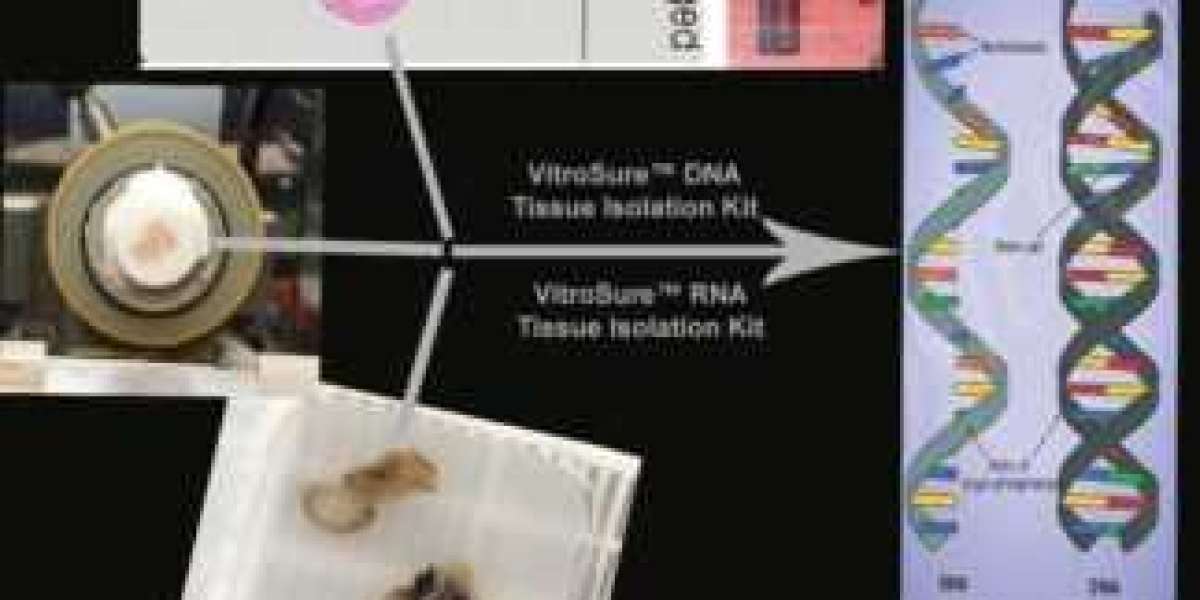PP fibrillated yarn, also known as polypropylene fibrillated yarn, is a versatile and robust textile material rapidly gaining traction across various industries. This article delves into the world of PP fibrillated yarn, exploring its key benefits, emerging uses, and its potential to revolutionize various applications.
Understanding PP Fibrillated Yarn
PP fibrillated yarn is manufactured by splitting polypropylene (PP) tapes into numerous fine filaments. This process creates a yarn with unique properties, including:
- High Strength and Tenacity: PP fibrillated yarn boasts exceptional strength and tenacity, making it resistant to tearing and breaking.
- Lightweight: The yarn is surprisingly lightweight, offering a significant advantage in applications where weight reduction is crucial.
- Water and Chemical Resistance: PP fibrillated yarn exhibits excellent resistance to water, chemicals, and stains, making it ideal for harsh environments.
- Cost-Effective: Compared to other synthetic yarns, PP fibrillated yarn offers a cost-effective solution while maintaining good performance.
- Eco-Friendly Potential: While not biodegradable, PP fibrillated yarn can be recycled effectively, minimizing its environmental impact.
Key Benefits of PP Fibrillated Yarn
The unique properties of PP fibrillated yarn translate into several key benefits for manufacturers and users:
- Durability: The high strength and tenacity of the yarn ensure products made with it can withstand demanding conditions and have a longer lifespan.
- Versatility: PP fibrillated yarn's adaptability allows its use in diverse applications, from industrial fabrics to home textiles.
- Lightweight Construction: The lightweight nature of the yarn enables the creation of lighter products, improving efficiency in transportation and construction.
- Cost-Effectiveness: The affordability of PP fibrillated yarn makes it an attractive option for manufacturers seeking to optimize production costs.
- Low Maintenance: The water and chemical resistance of the yarn minimizes maintenance requirements, reducing long-term costs.
Emerging Uses of PP Fibrillated Yarn
The potential applications of PP fibrillated yarn are constantly expanding across various sectors:
- Geotextiles: The strength and durability of the yarn make it ideal for geotextiles used in soil reinforcement, filtration, and drainage applications.
- Construction Materials: PP fibrillated yarn can be incorporated into building materials like concrete to enhance strength and crack resistance.
- Industrial Fabrics: The yarn's properties make it suitable for industrial fabrics used in filtration, cargo lashing, and conveyor belts.
- Furnishings: PP fibrillated yarn can be used in carpets, upholstery, and other furniture applications due to its durability and easy cleaning.
- Agricultural Applications: The yarn finds use in agricultural shade cloths, weed control mats, and crop support structures.
- Fashion and Apparels: PP fibrillated yarn can be used in specific fashion applications like sportswear and outdoor apparel due to its lightweight and water-resistant properties.
Polypropylene Yarn for Crochet: A Niche Application
While Polypropylene yarn for crochet is not as common in crocheting as traditional yarns like wool or cotton, it offers unique possibilities for crafters. The yarn's rigidity and structure can be used to create:
- Sturdy Baskets and Bags: Crocheted baskets and bags made with PP fibrillated yarn can be incredibly durable and water-resistant, ideal for carrying groceries or beach essentials.
- Placemats and Coasters: The yarn's stain resistance makes it perfect for creating easy-to-clean placemats and coasters.
- Decorative Accents: The unique texture of PP fibrillated yarn can add a modern touch to crocheted wall hangings, rugs, or other decorative items.
Finding PP Yarn Manufacturers in India
India boasts a robust textile industry, and several manufacturers specialize in PP yarns. A quick web search for "PP yarn manufacturers in India" will provide you with a comprehensive list of potential suppliers.
Conclusion
In conclusion, the potential of PP fibrillated yarn to revolutionize various industries is undeniable. Through its exceptional strength, durability, and versatility, this innovative material offers a plethora of benefits and opens doors to emerging uses across multiple sectors. From enhancing the performance of textiles and geotextiles to advancing sustainable practices in agriculture and packaging, the applications of PP fibrillated yarn continue to expand. As research and development efforts persist, we can anticipate even more groundbreaking applications, further solidifying its status as a transformative material in the modern era. Embracing the power of PP fibrillated yarn not only promises enhanced product performance but also presents an opportunity to drive forward sustainable solutions and foster innovation across industries.
FAQs (Frequently asked questions)
Q1. Is PP fibrillated yarn biodegradable?
A1. No, PP fibrillated yarn is not biodegradable. However, it can be effectively recycled, minimizing its environmental impact.
Q2. How does PP fibrillated yarn compare to other synthetic yarns?
A2. PP fibrillated yarn offers a good balance of strength, weight, and cost-effectiveness compared to other synthetic yarns like nylon or polyester. The specific choice depends on the desired properties for the end product.
Q3. Is PP fibrillated yarn safe for use in clothing?
A3. While generally safe, PP fibrillated yarn might not be the most comfortable material for clothing due to its rigidity. However, it can be used in specific applications like sportswear where breathability is less crucial.













